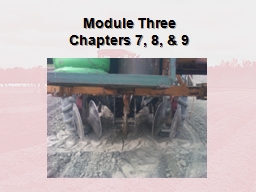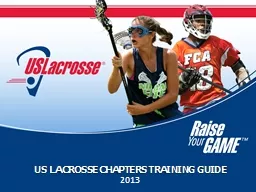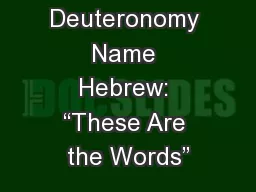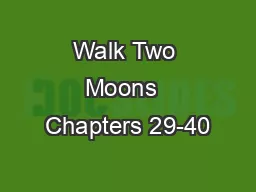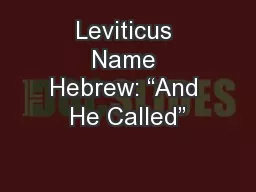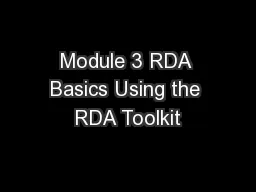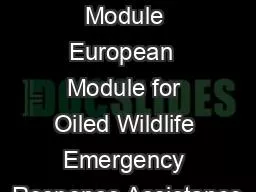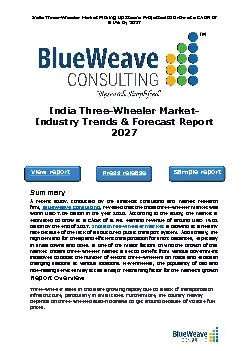PPT-Module Three Chapters 7, 8, & 9
Author : walsh | Published Date : 2023-09-25
Chapter 7 Site Assessment and Weather PREPARING FOR SOIL FUMIGATION The first step in such preparation is site assessment evaluate the suitability of the site
Presentation Embed Code
Download Presentation
Download Presentation The PPT/PDF document "Module Three Chapters 7, 8, & 9" is the property of its rightful owner. Permission is granted to download and print the materials on this website for personal, non-commercial use only, and to display it on your personal computer provided you do not modify the materials and that you retain all copyright notices contained in the materials. By downloading content from our website, you accept the terms of this agreement.
Module Three Chapters 7, 8, & 9: Transcript
Download Rules Of Document
"Module Three Chapters 7, 8, & 9"The content belongs to its owner. You may download and print it for personal use, without modification, and keep all copyright notices. By downloading, you agree to these terms.
Related Documents

